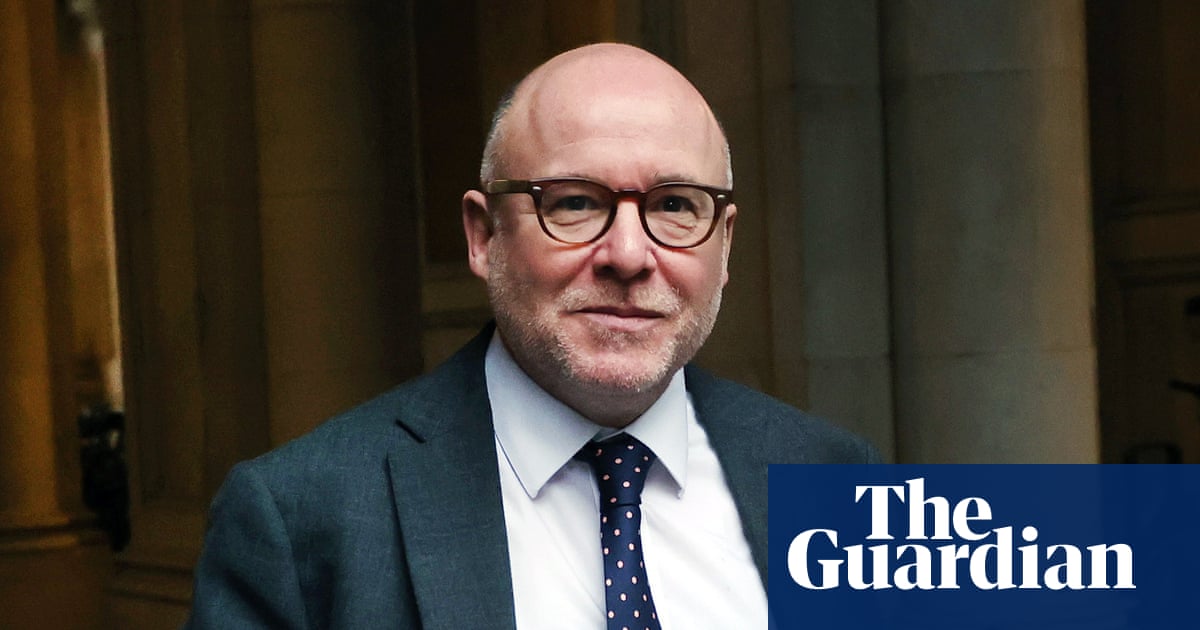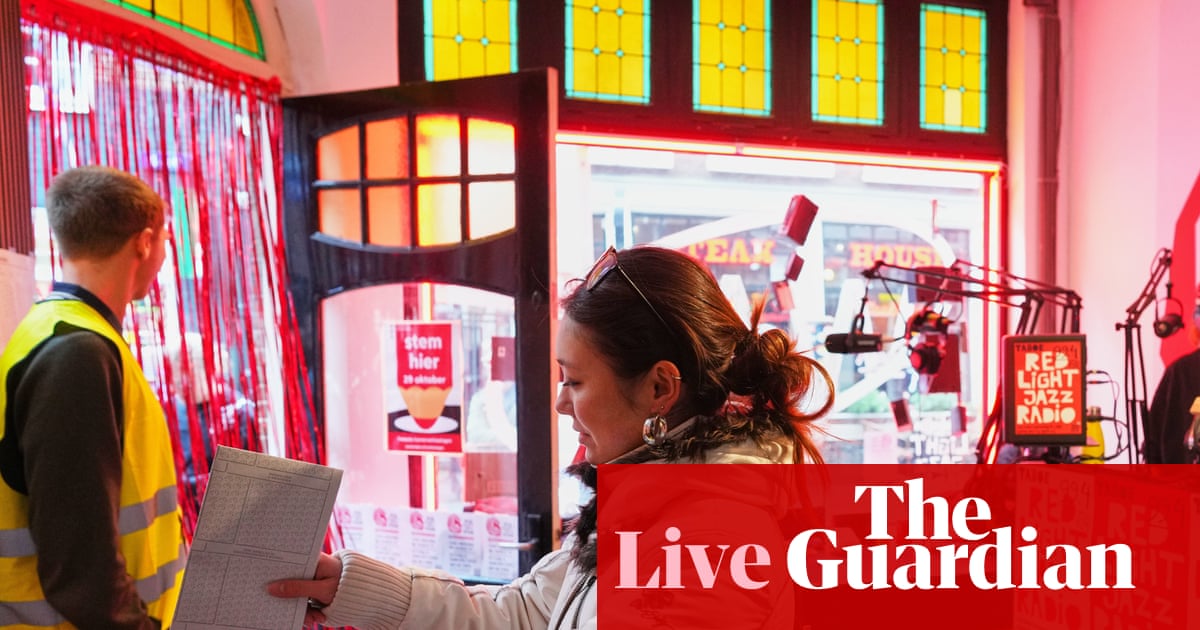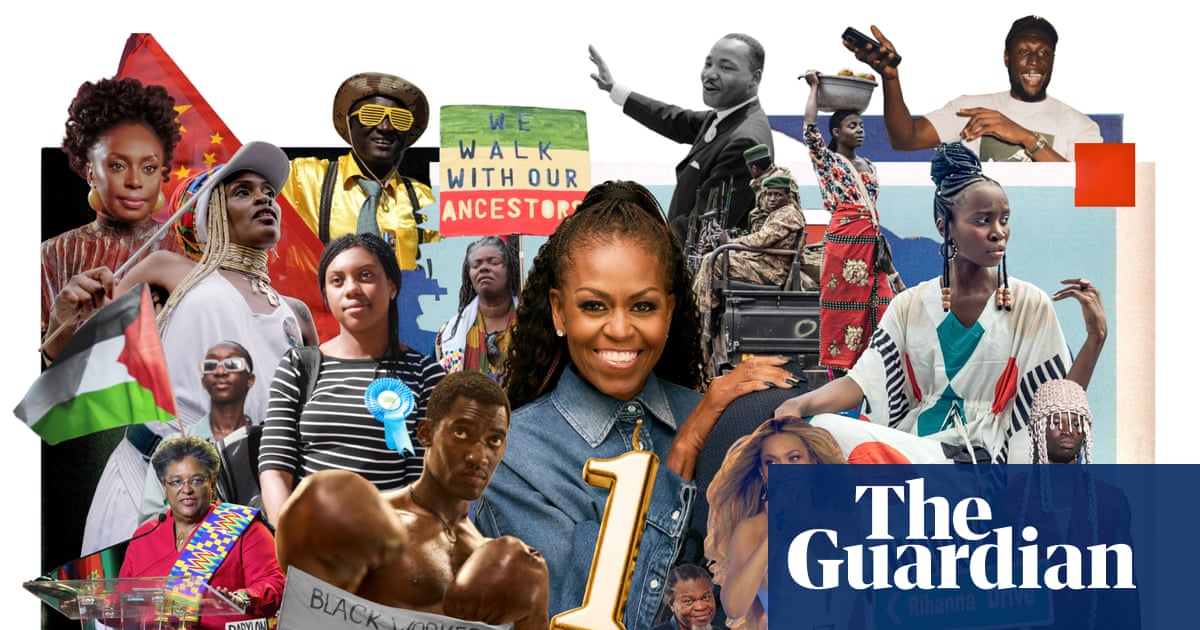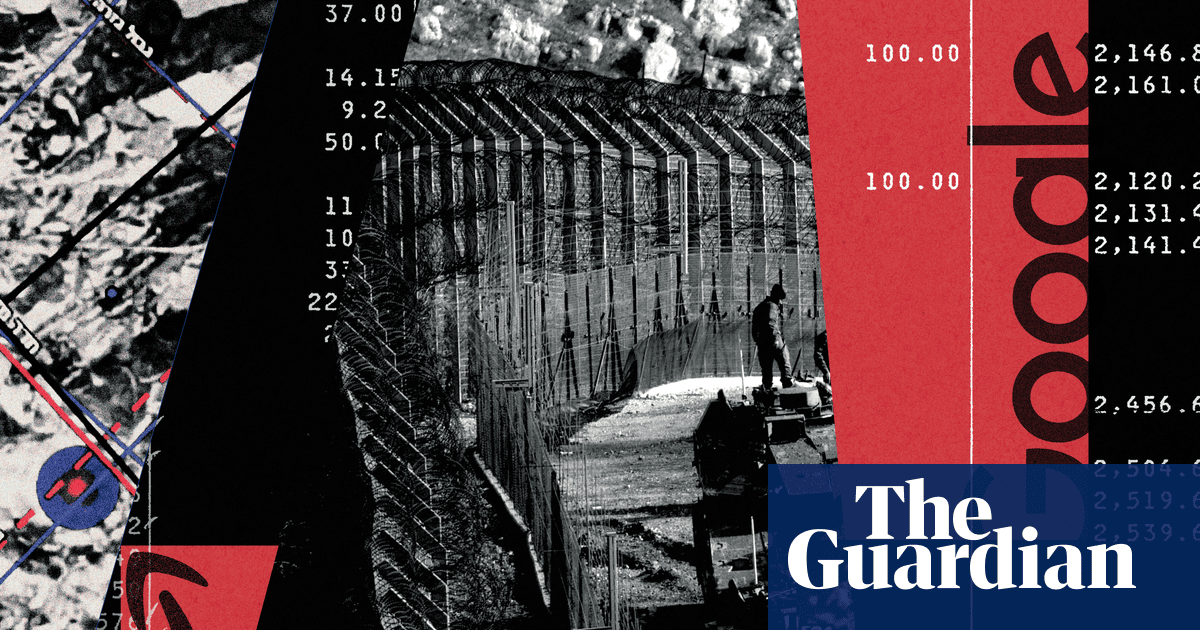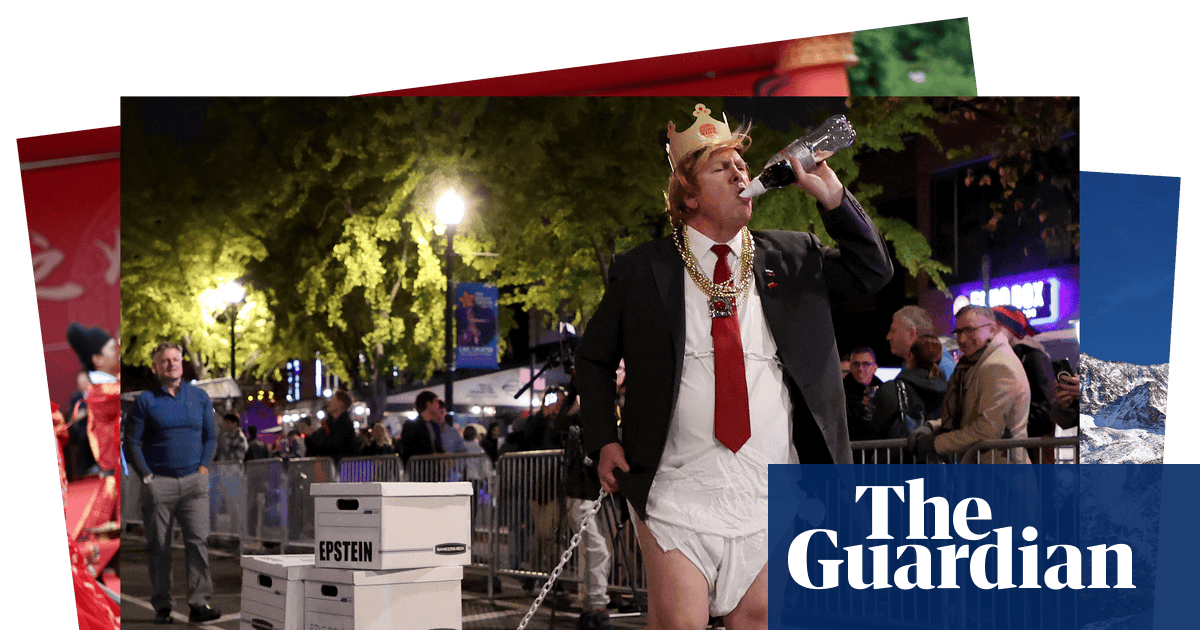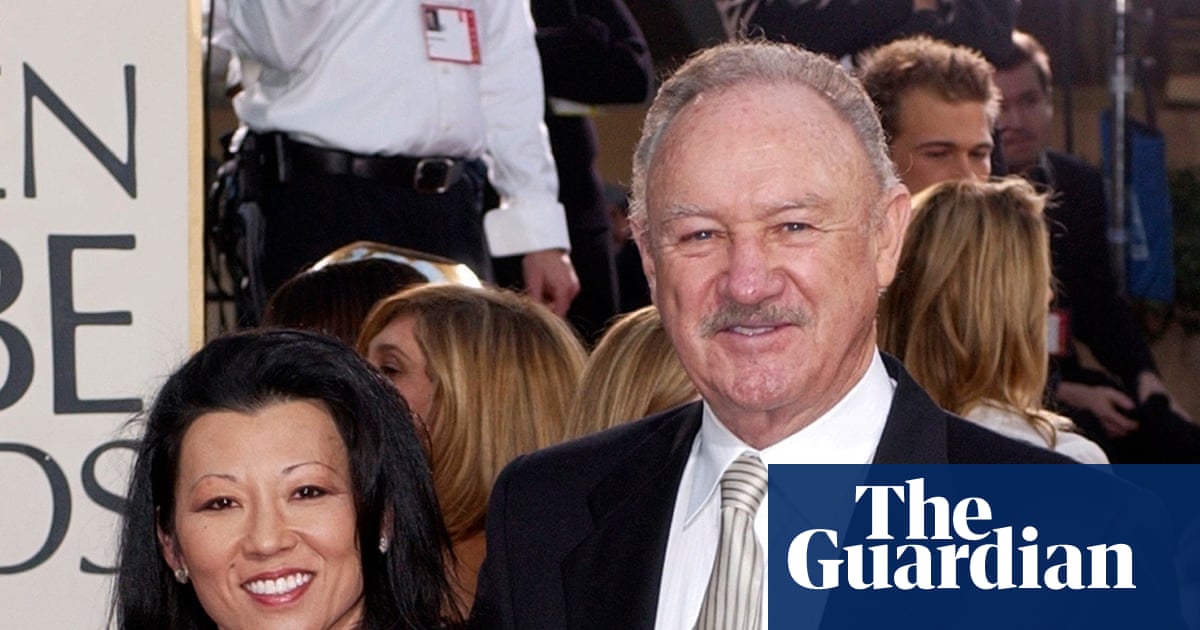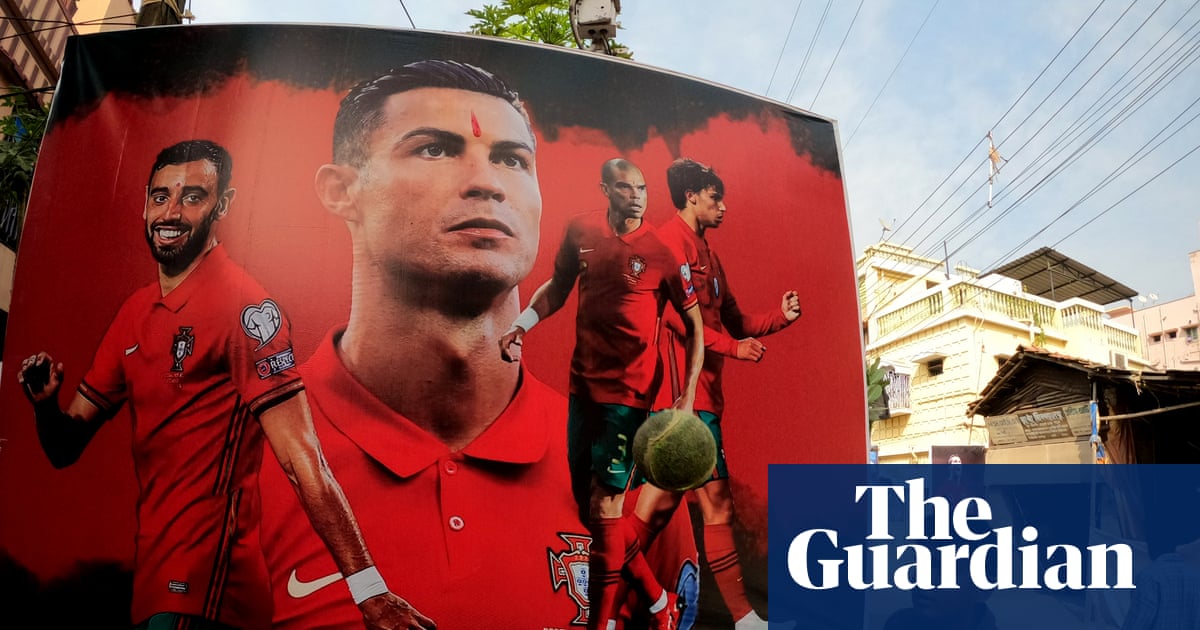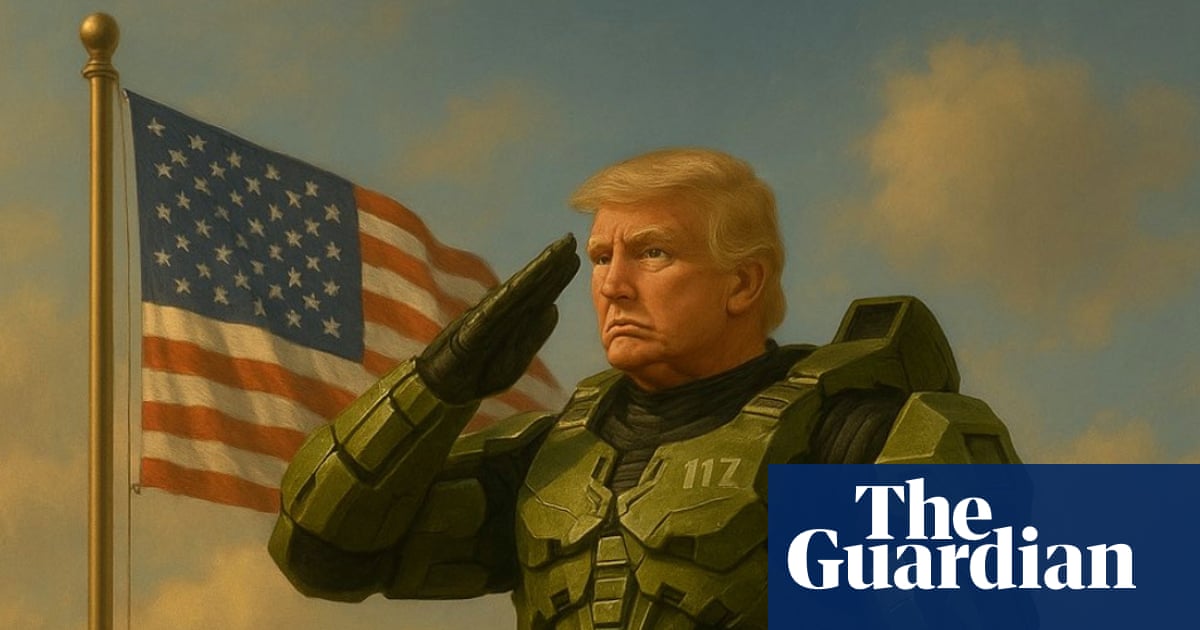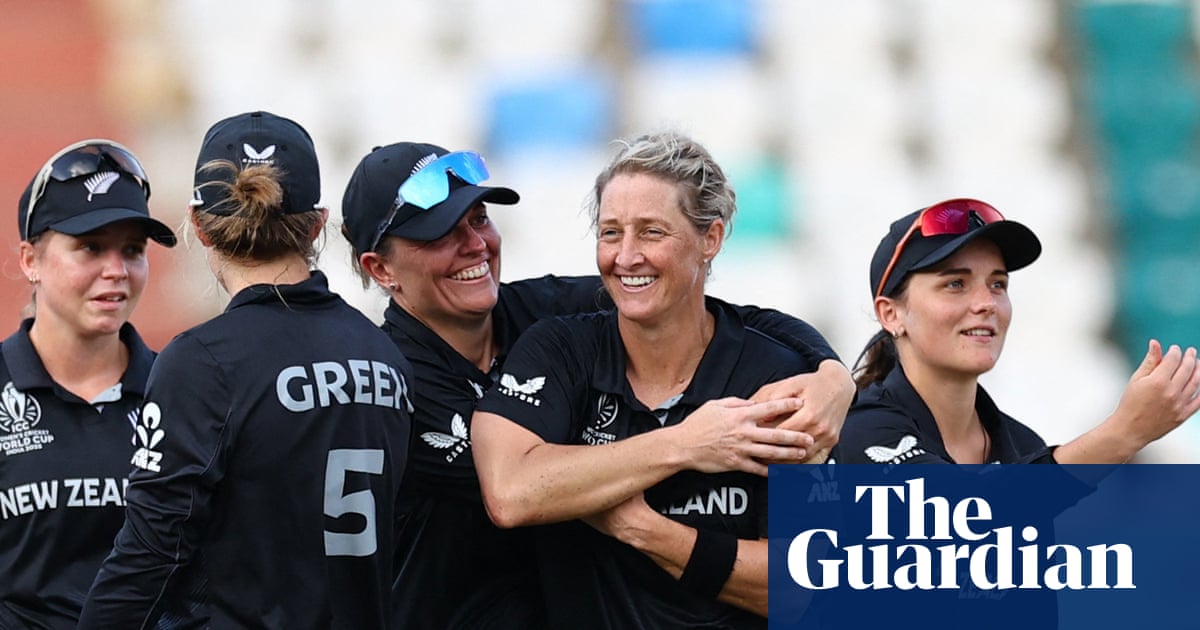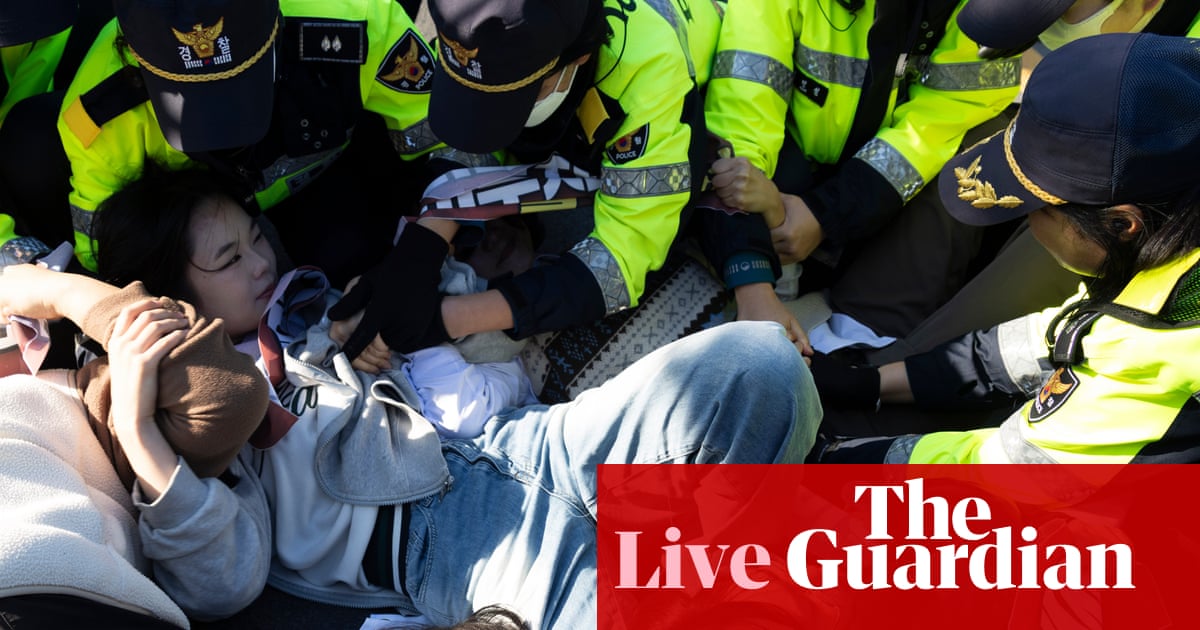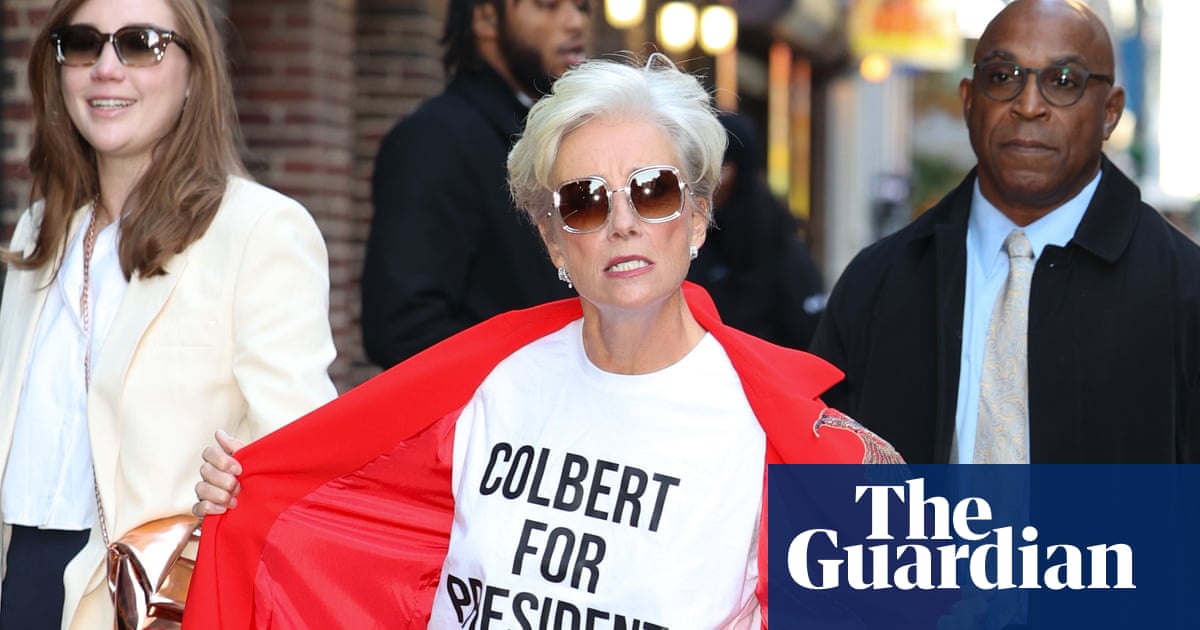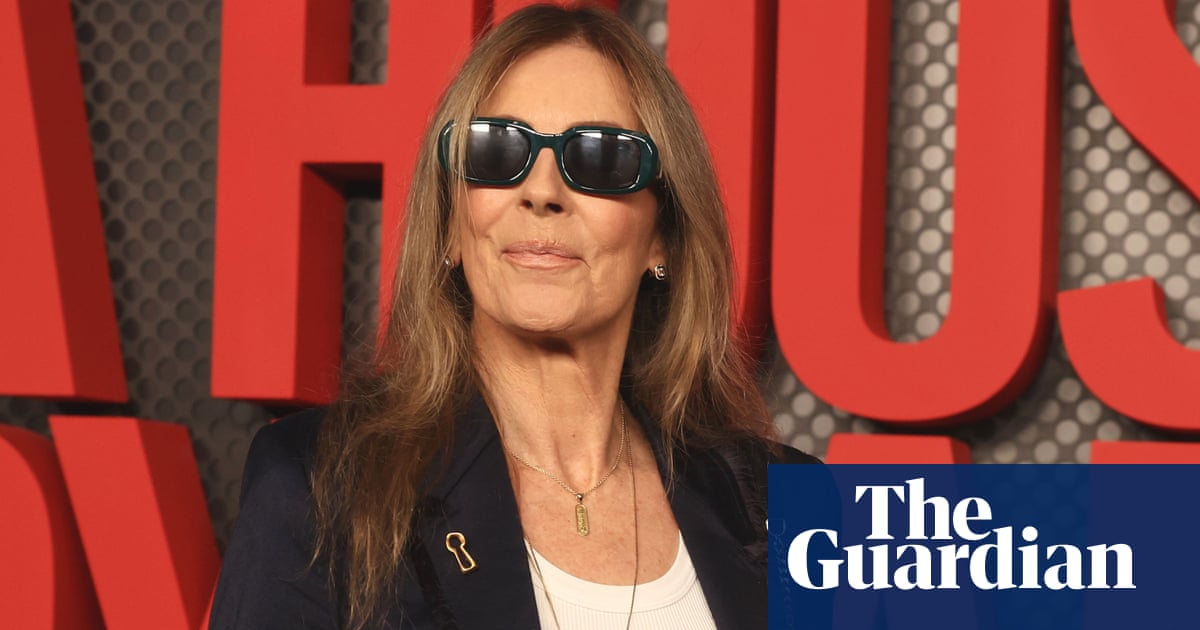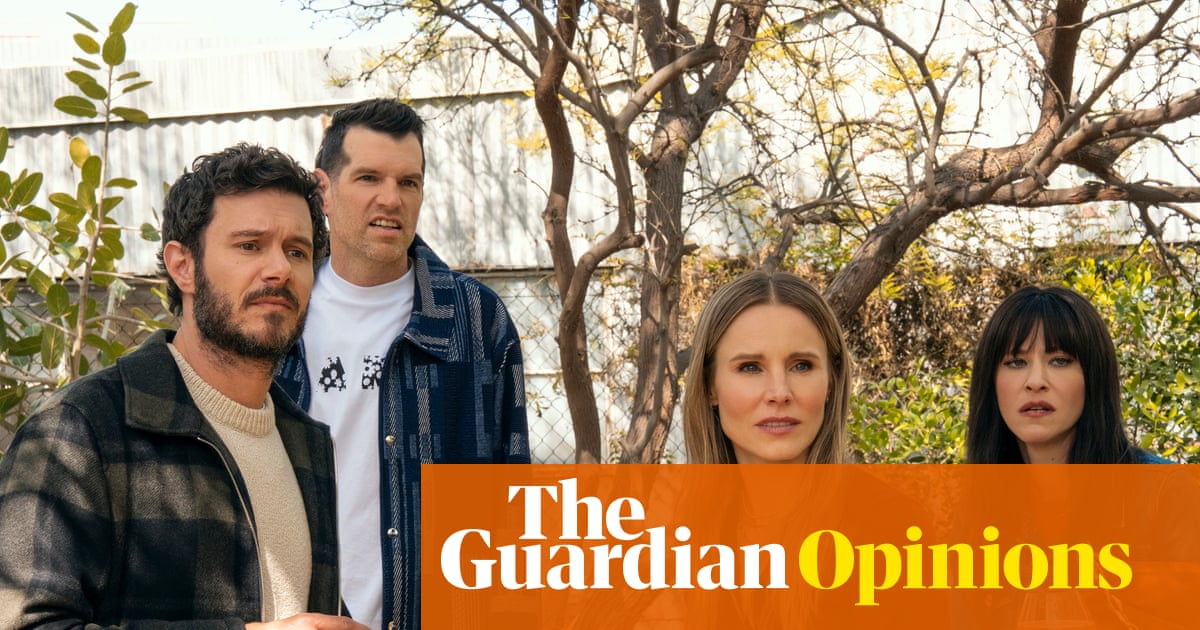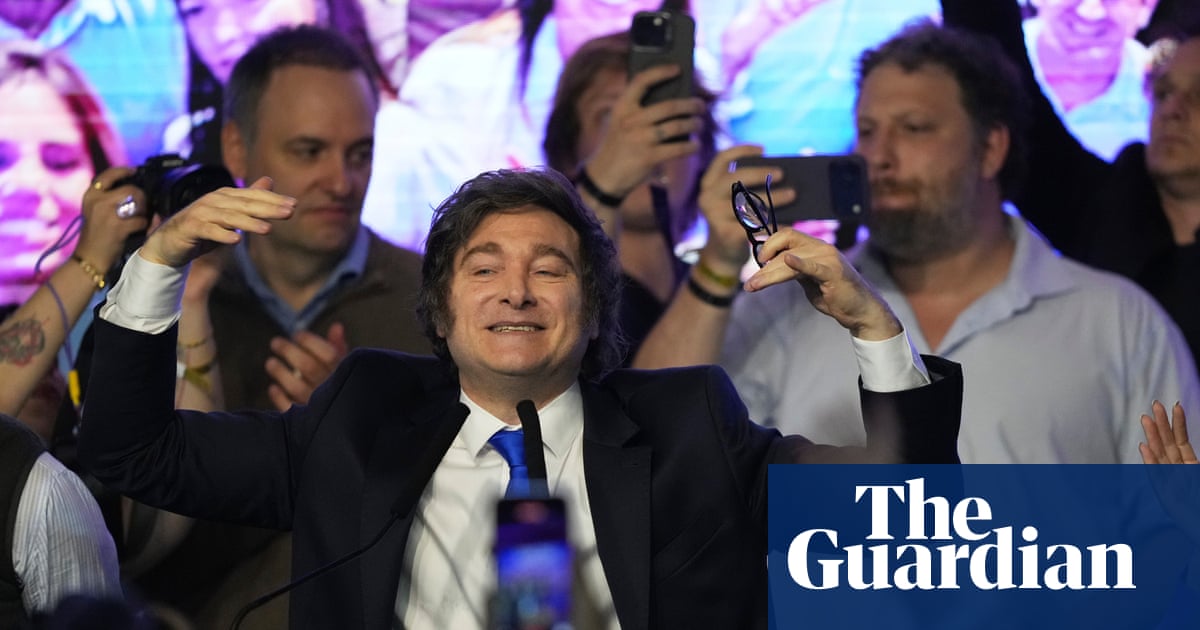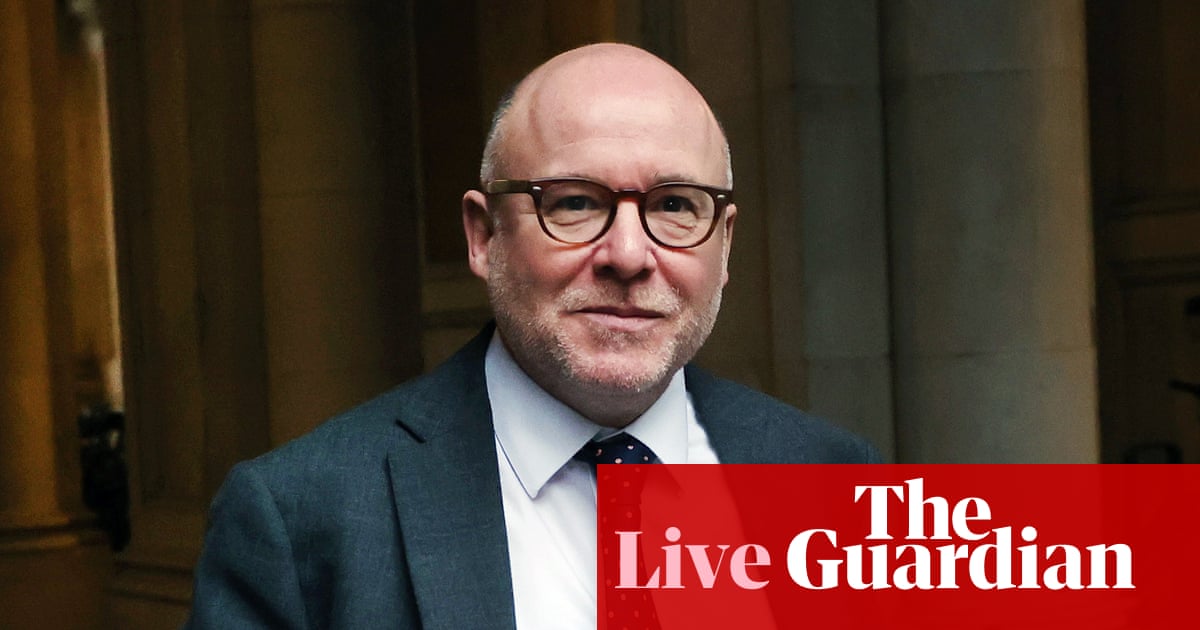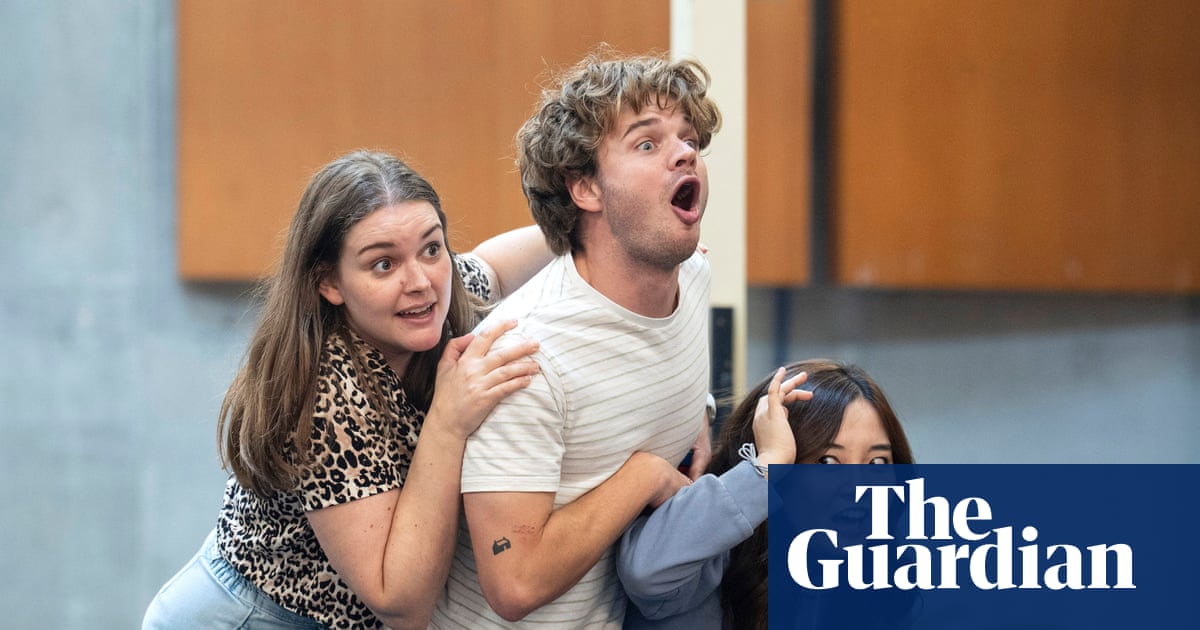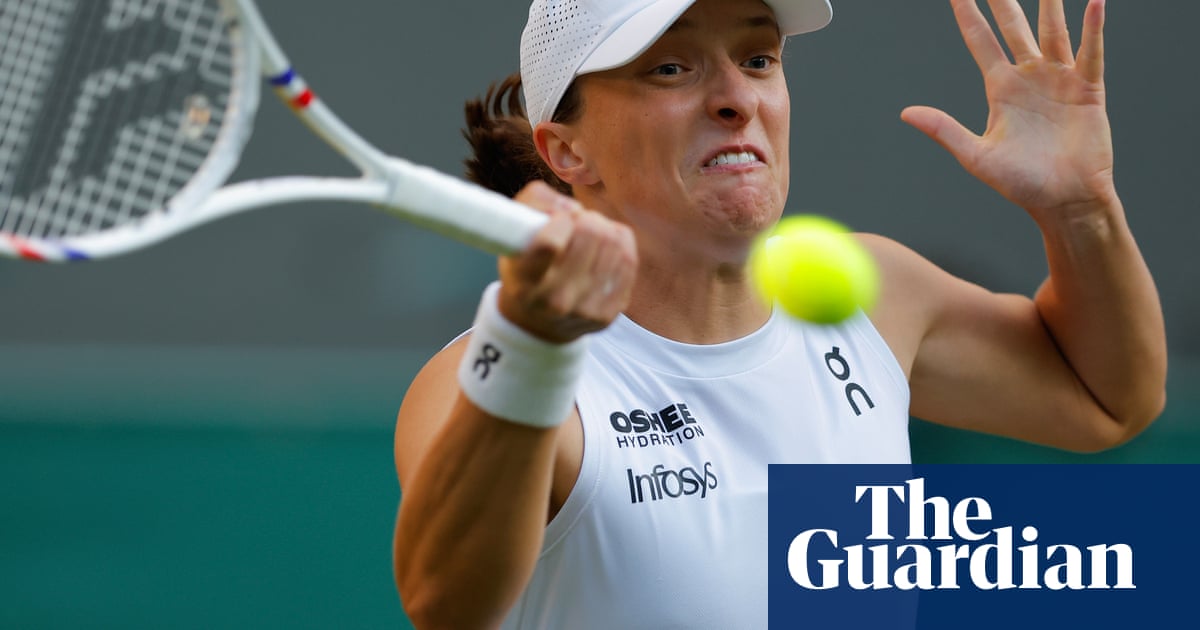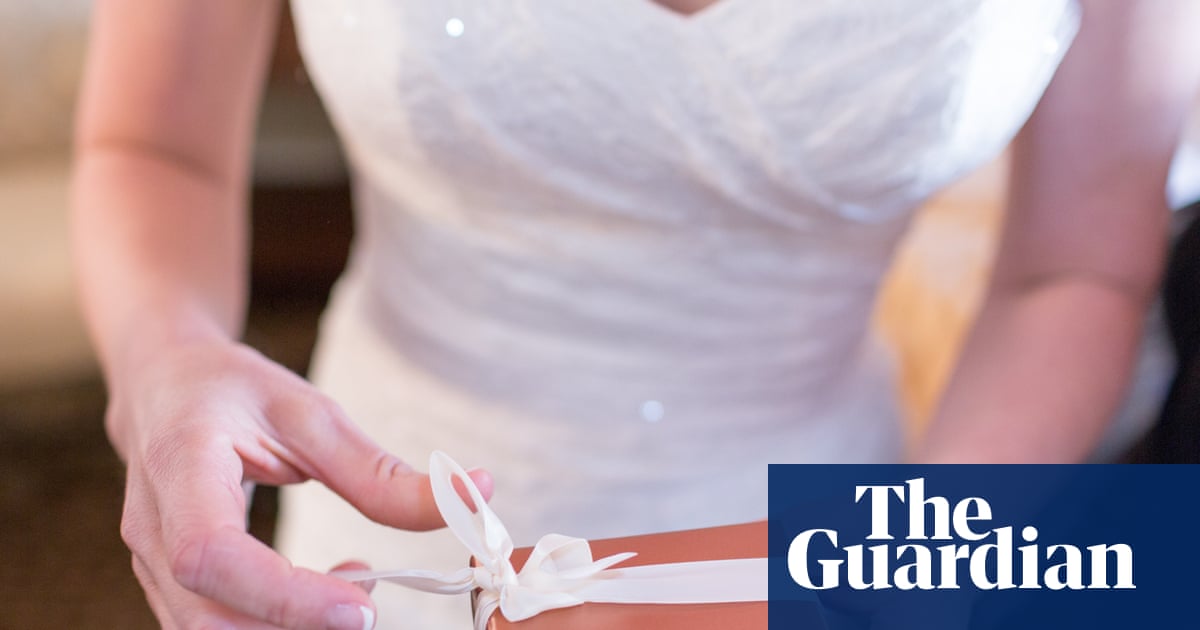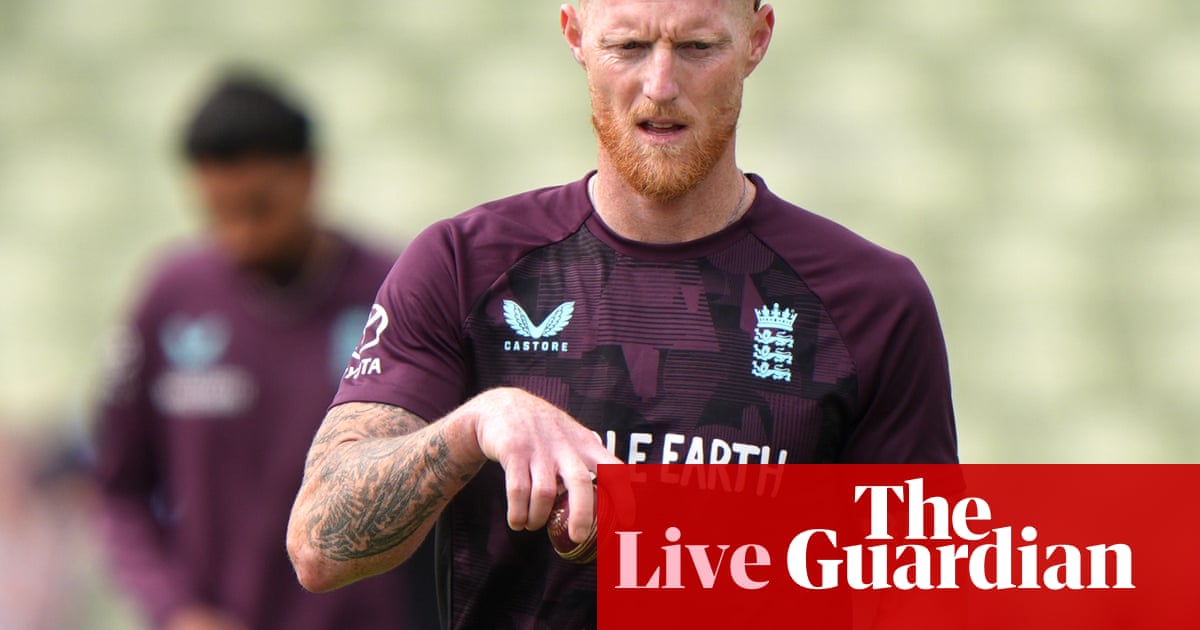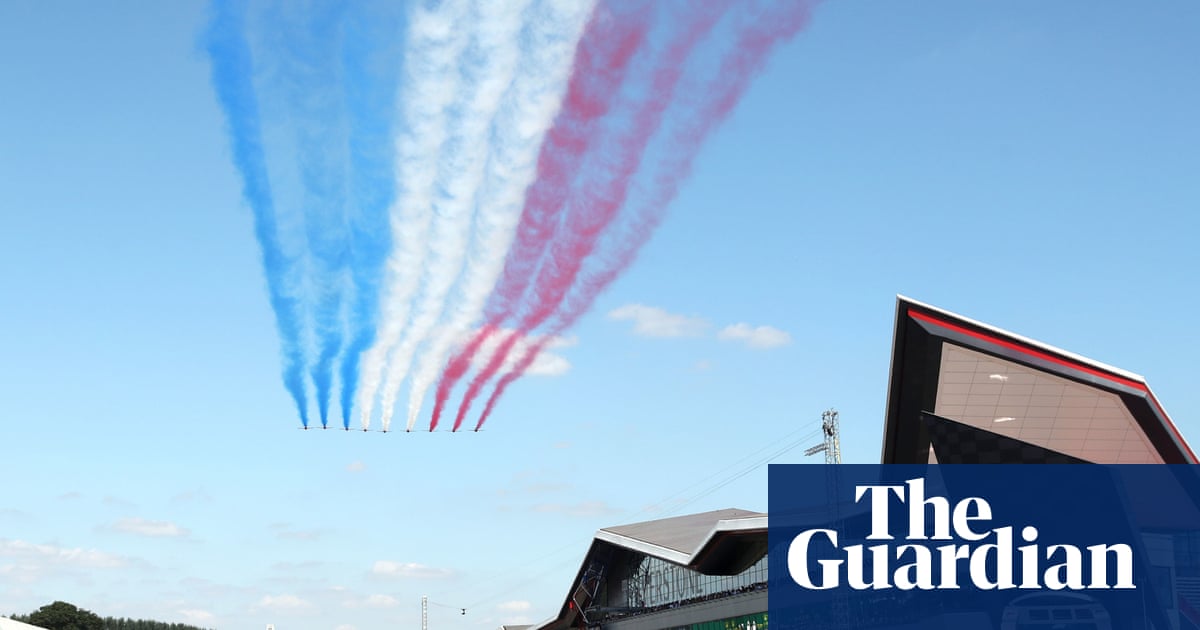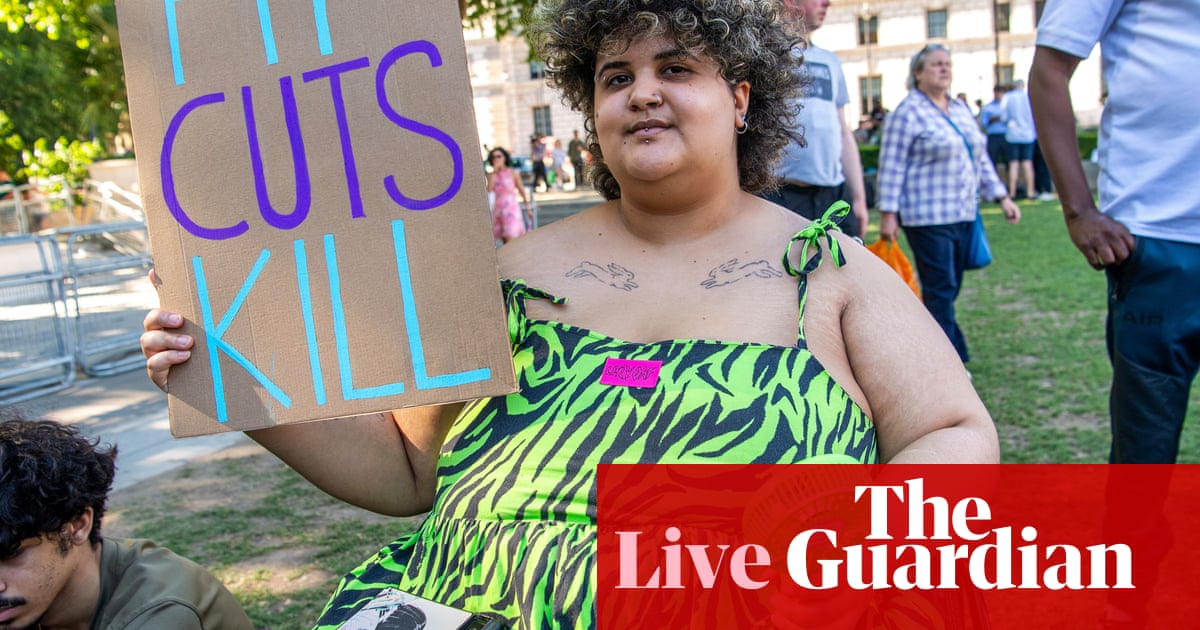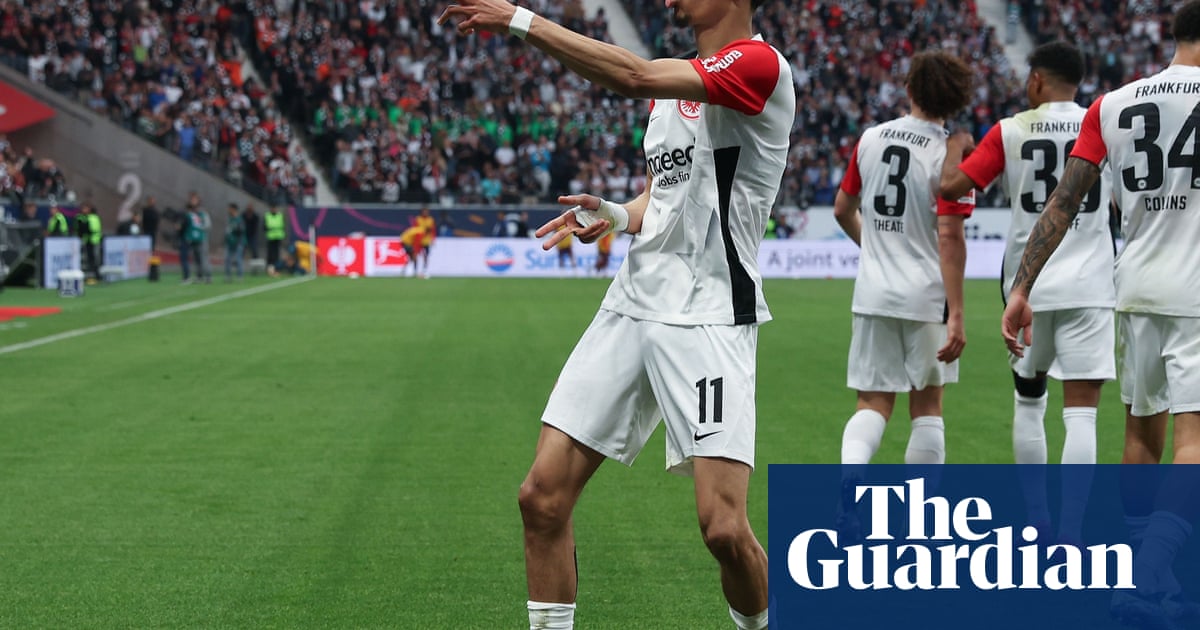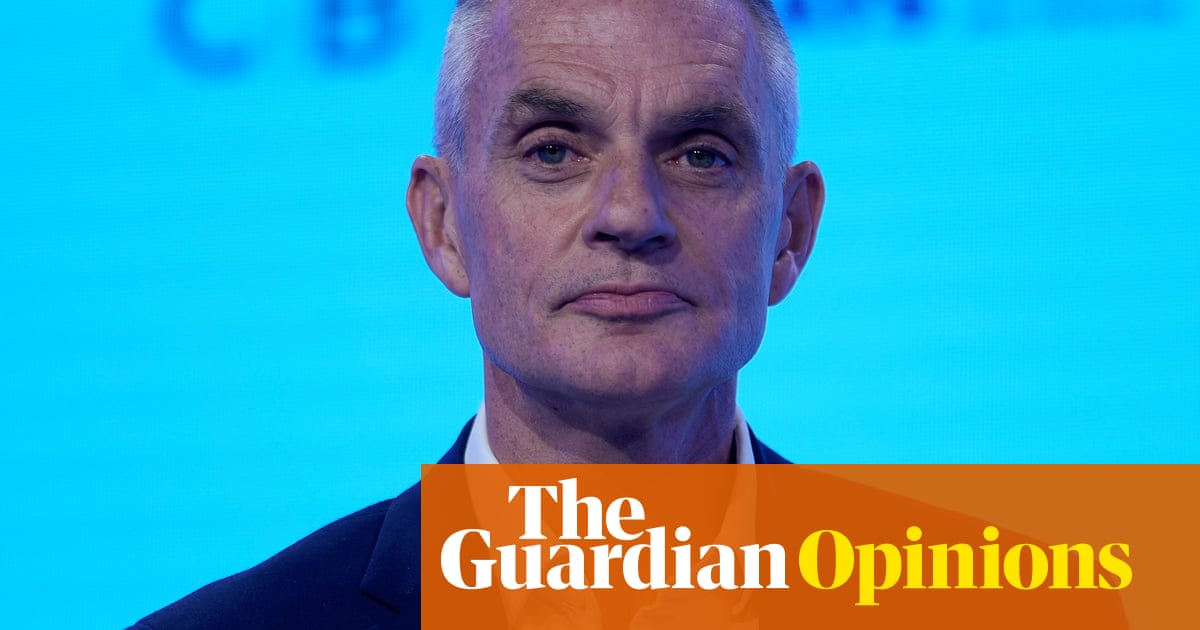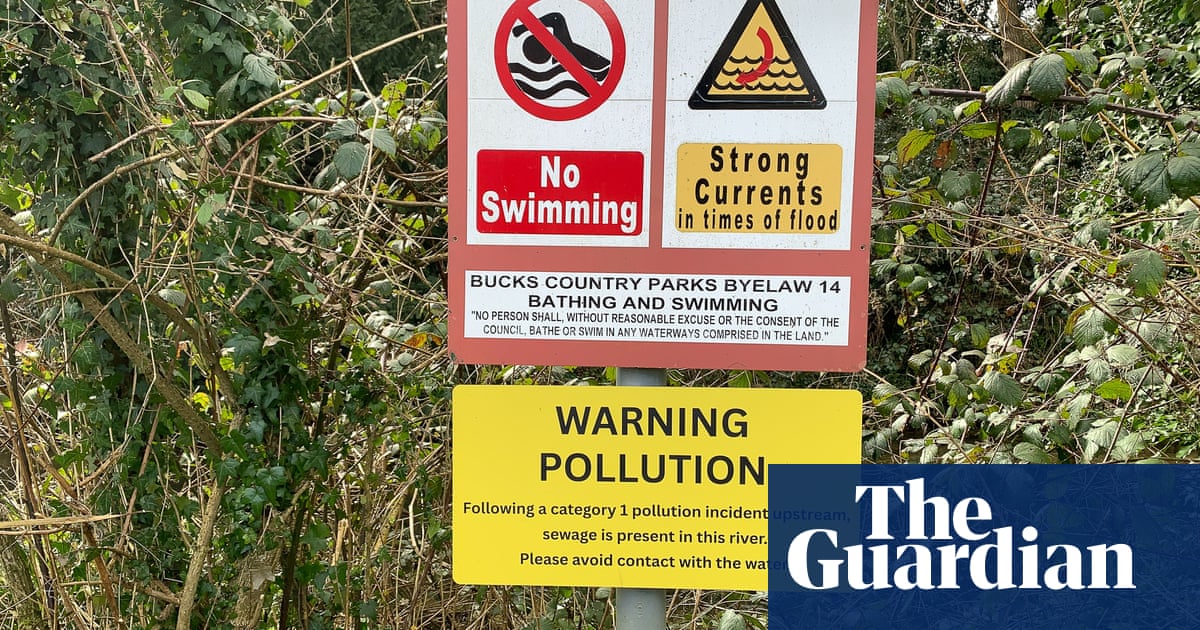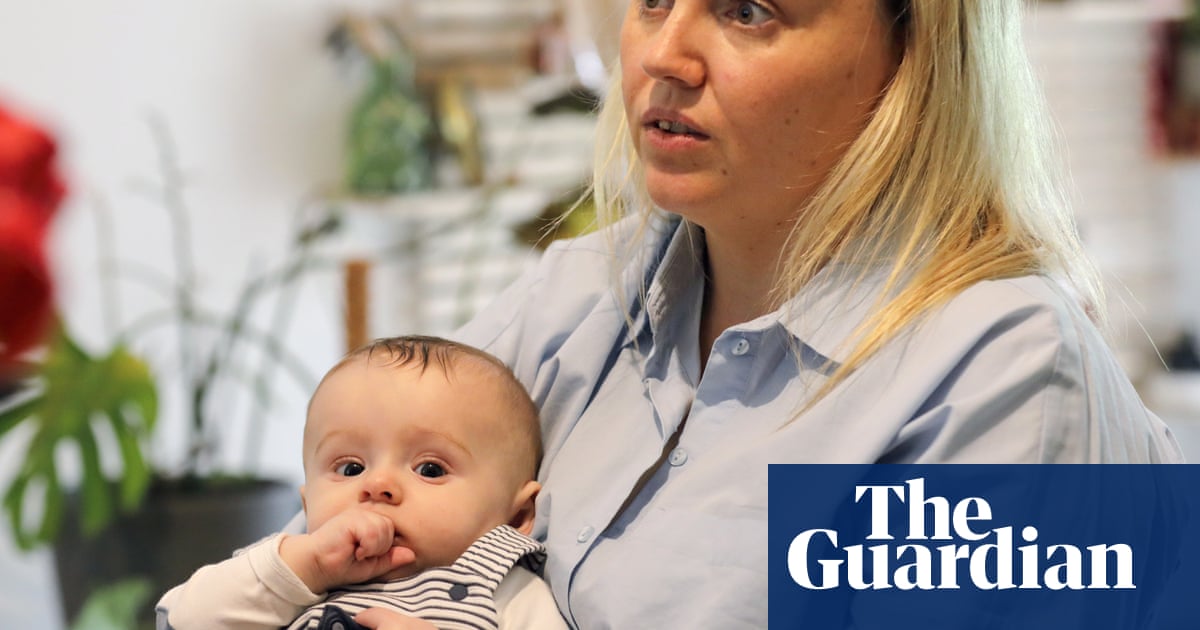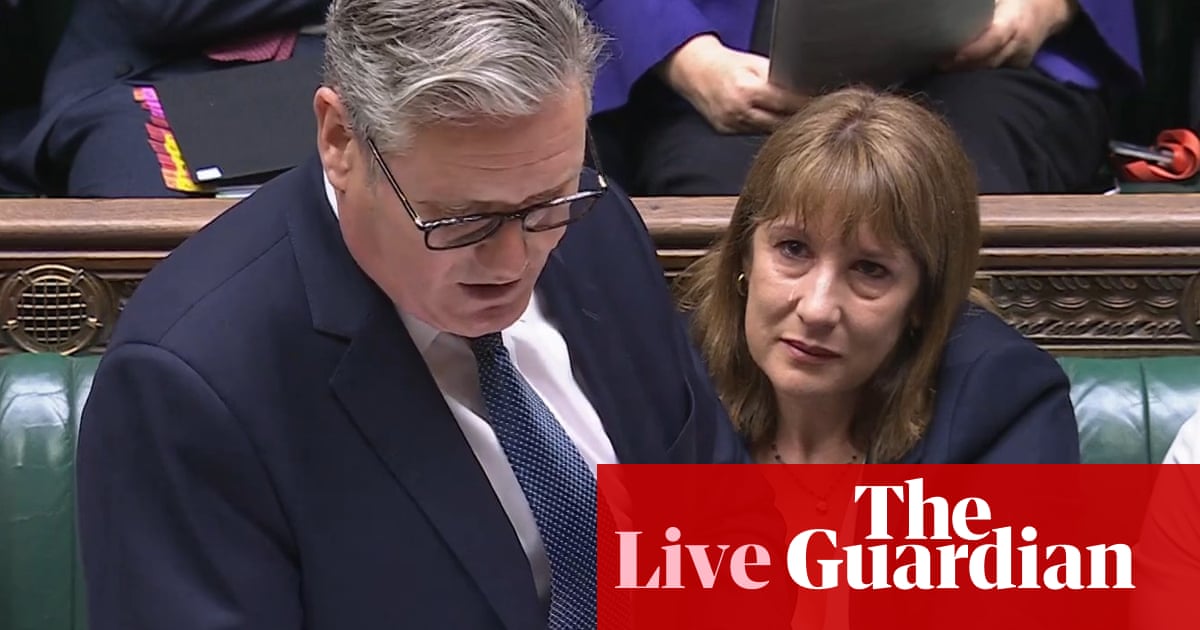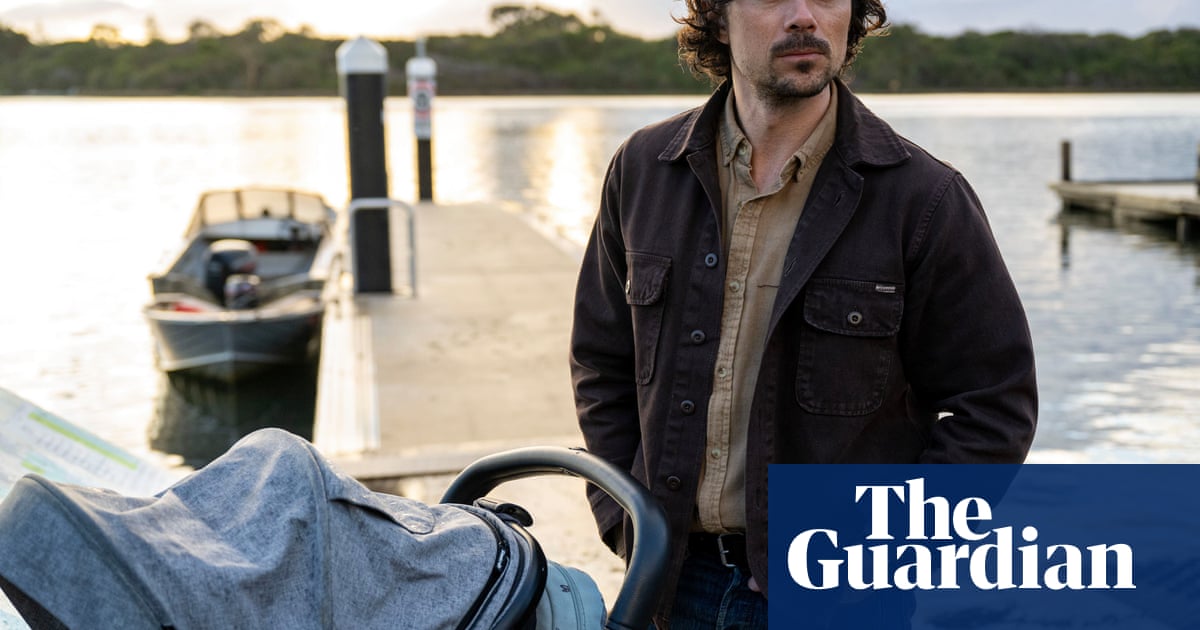Having bet the house on Hull KR hero Mikey Lewis being the problem that Australia could not solve, England coach Shaun Wane has retreated home to Wigan to ponder whether he should have stuck rather than twisted. Dropping Harry Smith for the Ashes opener, and favouring treble-winner Lewis to partner captain George Williams in the halves, was surprising but understandable. Lewis, the player of the match in the Super League Grand Final, was in the form of his life. But the Williams-Lewis combination struggled to open up Australia. If they fail again on Saturday in Liverpool, Wane’s dream of winning the Ashes will be over.
“Our last plays disappointed me most,” said Wane after the 26-6 defeat at Wembley. “They outkicked us.” It’s rare anyone outkicks Wigan player Smith. Lewis mixed up his kicks under the arch, but very little troubled Australia. The best attacking kick was a 40-20 from replacement hooker Jez Litten when England trailed by three scores. Even then, Williams fumbled close to the line and five seconds later Reece Walsh had got to the halfway line.
Williams played the role Tyrone May has done so successfully for Hull KR this year, defending on the right and almost always with Lewis to his left, but roaming across the field probing for gaps. There were not many to be found at Wembley. Williams and Lewis combined directly more than most halfback pairs do these days – half a dozen times in the first half alone – but they did not create any of the dazzling moments that dissect Super League defences. “We had four or five incidents when we had them in areas to punish them and didn’t,” said Williams. “It’s small margins.”
After a couple of days off, England are back in training. Trailing 1-0 in the three-Test series, they need to find a way to get their most dangerous weapons into space at Bramley Moore Dock on Saturday. Herbie Farnworth, one of the best centres in the world, was left racing all over the pitch tackling any green shirt he could as his exhausted and bewildered colleagues fell by the wayside. “We’ve got some class players, it’s just about getting on the same page,” said Farnworth.
Wane likes to start with a steady, experienced hooker but he may have to sacrifice veteran Daryl Clark to get Smith on the field. Since moving Jack Welsby to full-back after the 2022 World Cup, Wane has used a combination of Smith, Williams and Lewis (usually off the bench). He may revert to his three-halves trick at Everton, starting Litten at hooker and sending Lewis on to bring spark to the attack from dummy-half or left-sided halfback.
But changing a halfback pairing during a series is usually tantamount to admitting failure – or at least panic. Being unable to stick with a halfback partnership has been the curse of every England and Great Britain coach throughout Australia’s world domination. It is the rugby league equivalent of sacking the England football manager every time the team fails to win the World Cup. The statistics are damning. No halfback pair has started more than six games together since March 1994, when Shaun Edwards got off his sickbed in Carcassonne to partner Garry Schofield for the 11th and final time and lead Great Britain to a narrow victory against France.
Following Edwards’ last test, defeat in the 1994 Ashes decider, Great Britain had no idea how to fill that gaping hole. They tried 21 halfback pairings in 13 years. Between the 2000 and 2013 World Cups, England or Great Britain averaged a new partnership every two games. Few lasted more than a series. Tony Smith fielded eight different pairs in 13 games. Sealing a creative bond was impossible.
Injuries aside, that reluctance to settle on a halfback pairing reflects the British talent pool. When there were world-class halves, such as Edwards and Andy Gregory or Bobbie Goulding, they played. When there was one – for example, Sean Long in the mid-2000s – he played with various partners. That remains the case with Williams under Wane.
Hugely successful club partnerships have rarely been trusted either: Danny McGuire and Rob Burrow played just three Tests in the halves; Kevin Sinfield played 15 times for England at standoff but never with an all-conquering Leeds teammate alongside him. Bizarre.
The halves changed constantly, prompting a series of names that sound like fancy coffee shops: Harris and Deacon became Harris and Horne, and Pryce and Long turned into Pryce and Burrow. It was chaos – 24 pairings in just 38 internationals – until Steve McNamara settled on Sinfield and Rangi Chase for the 2013 World Cup. Wayne Bennett used nine halves in nine different partnerships but stuck with a set pair for each tournament. Wane has done the same and will be reluctant to switch tack now.
Wane’s alternative is to drop out-of-form full-back Welsby, whose limitations were highlighted by the Kangaroos, and replace him with Alex Brimson. The Gold Coast utility back watched from the bench at Wembley, one stop down the Jubilee Line from where his mum went to school.
Wane knows his creative department needs tweaking as much as his Dad’s Army pack needs standing down. All is not lost. Yet. Great Britain lost 15 Ashes matches in a row up to 1988, then won nine of the next 30. They have been beaten 13 times since then, by an average of 18 points. Something has to change.
Clubcall: London Broncos
While the promoted clubs scramble frantically for Super League talent before pre-season training, London Broncos paraded headline recruit Reagan Campbell-Gillard at the club’s rebrand launch last Thursday: all Traitors-esque lettering and early 2000s navy and red. Tony Rea, the club’s former captain, coach and CEO was literally squeezed between RL Commercial lead Rhodri Jones and the man who rubber-stamped their exclusion from Super League 2026, Lord Caine. Awkward.
Old timers said it reminded them of the golden yet short-lived time under Richard Branson. The new ownership group – fronted by Darren Lockyer – clearly considers London similar to Melbourne before the Storm broke.
“This is not a vanity project,” insisted Gary Hetherington, who was still emailing about London from his Leeds Rhinos account last week. “There’s a great story that needs to be told. We want to create something different, be part of the entertainment business.” The decision to retain the same six or seven players that new coach Jason Demetriou had ear-marked for Super League signals their ambition. Expect a flurry of signings and a tripling of the club’s tiny staff. Interesting times ahead.
Foreign quota
As Australia were underlining their authority in the Ashes, France were booking their place at the World Cup with a comfortable 36-0 win over Jamaica and Greece were condemning Italy to relegation from Euro C with a 46-14 win in Udine. Italy will be replaced by Germany, who won Euro D with victory over Norway. Ireland also had a miserable afternoon, surprisingly losing a friendly 24-0 to Wales in Neath. A third-string Italy losing two home games in a week was not an ideal way to mark their 75th anniversary but, like most of the dozen European nations in action last week, they are building towards qualification for the World Cup in 2030, which the NRL wants to be played in the US.
Goalline dropout
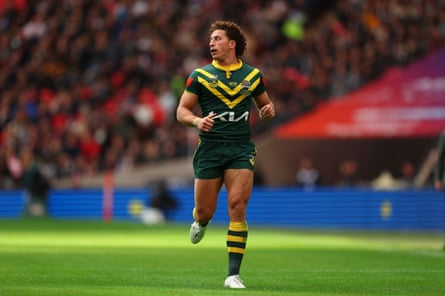
By making a solid if unspectacular Kangaroos debut at Wembley, winger Mark Nawaqanitawase became only the fourth Australian to be capped at union, sevens and league. So how did his first two weeks with the Kangaroos compare to a Wallabies tour? “Any kind of Test format is very similar: the buildup, the professionalism, the whole aspect of it,” the Olympian told me while still in his kit an hour after the game. “It’s very enjoyable. The atmosphere is amazing and the quality of players you come up against. Everything’s quite intense. What you’ve got to do to get selected is right up there. It’s pretty special. I thought: ‘I’m living the dream.’”
Fifth and last
With so much elite sport available, people in London and the south-east need a winning or exciting team to get behind. England have been neither of those, finding a way to lose every single game within the TfL network since Country House by Blur was still in the top 40. They have been blown away, gambled in a grind and lost, outclassed, had hearts broken by Shaun Johnson and Stephen Crichton, and now had their bubble burst by Angus Crichton. And yet, the crowd of 60,812 at Wembley was the largest Ashes attendance ever in England and the biggest to watch the national team outside a World Cup. While England haven’t won in the capital since the 1995 World Cup opener, Australia haven’t lost from Wembley to Watford, The Stoop to Stratford, since then. No wonder their fans packed the lower bowl at Wembley’s southern end; they knew what was coming. Wane rightly called it “torture”.
Follow No Helmets Required on Facebook

.png) 4 hours ago
6
4 hours ago
6
